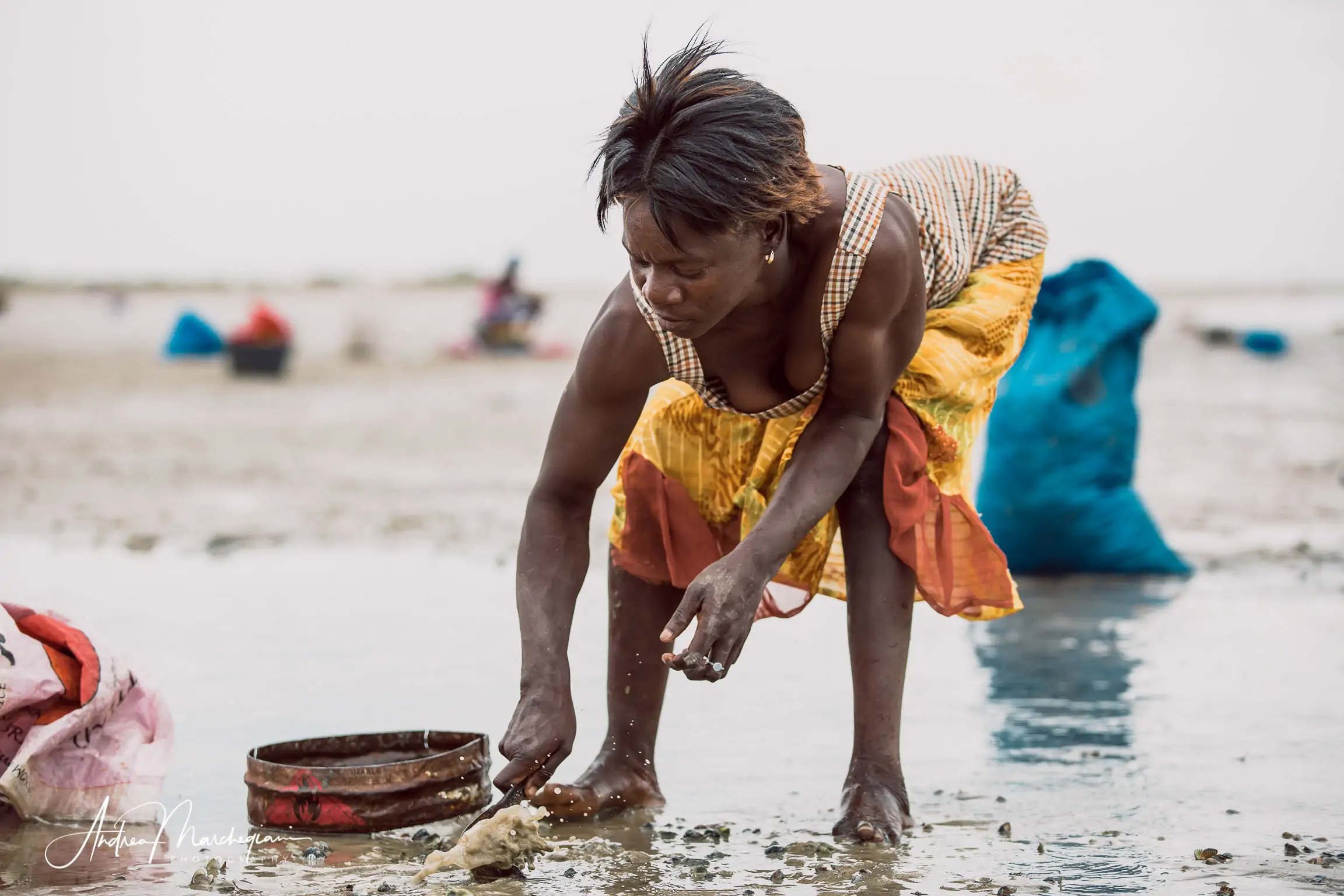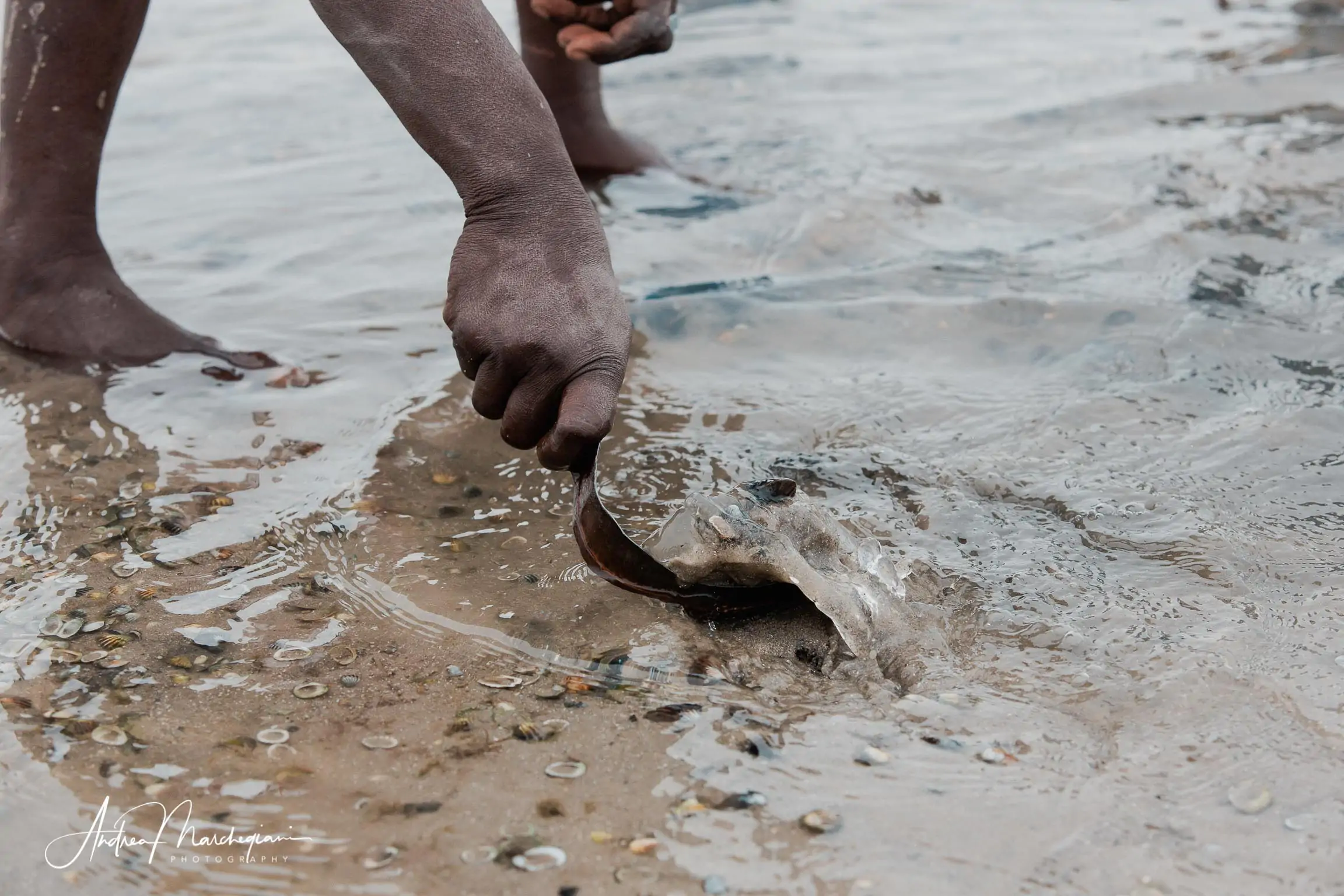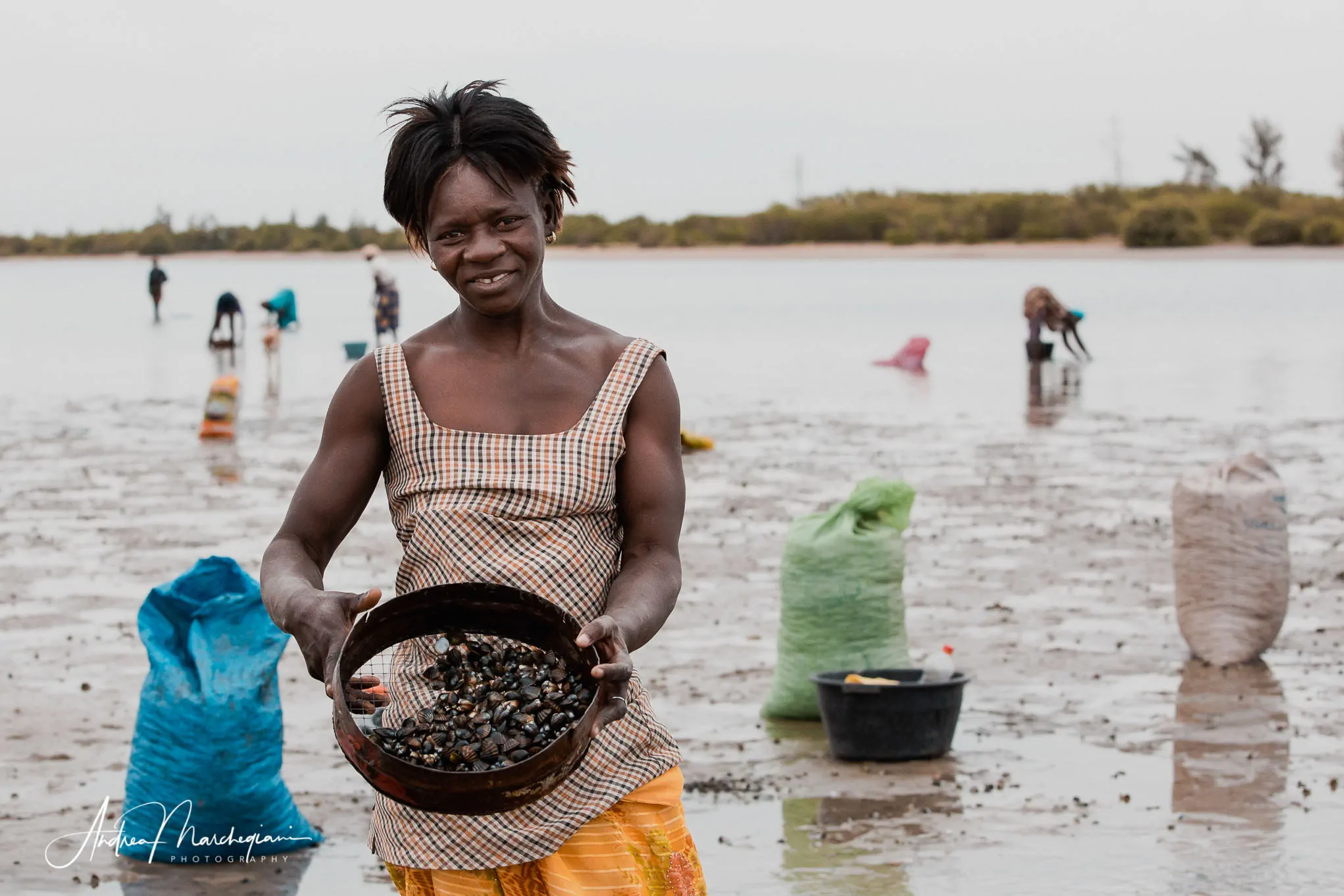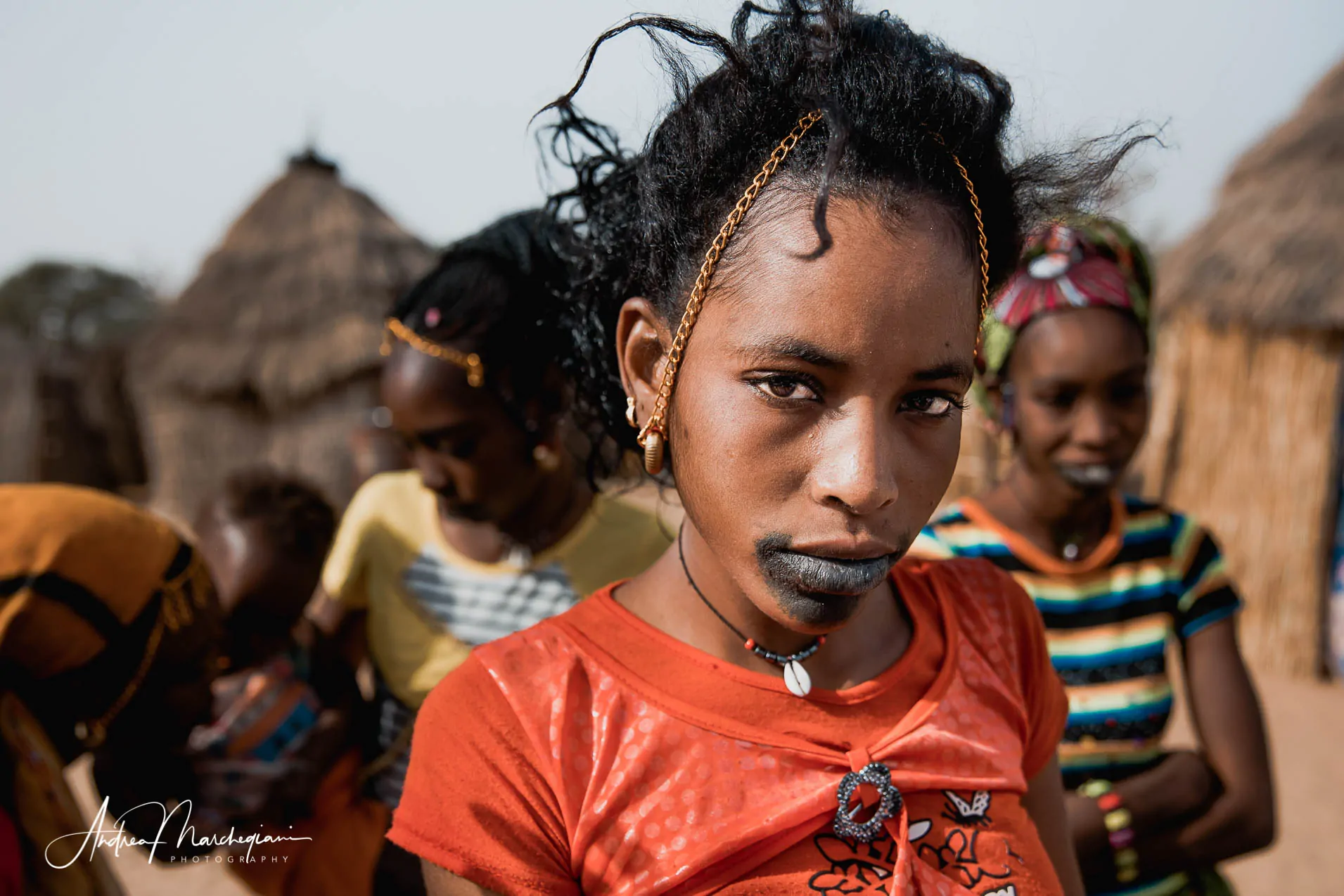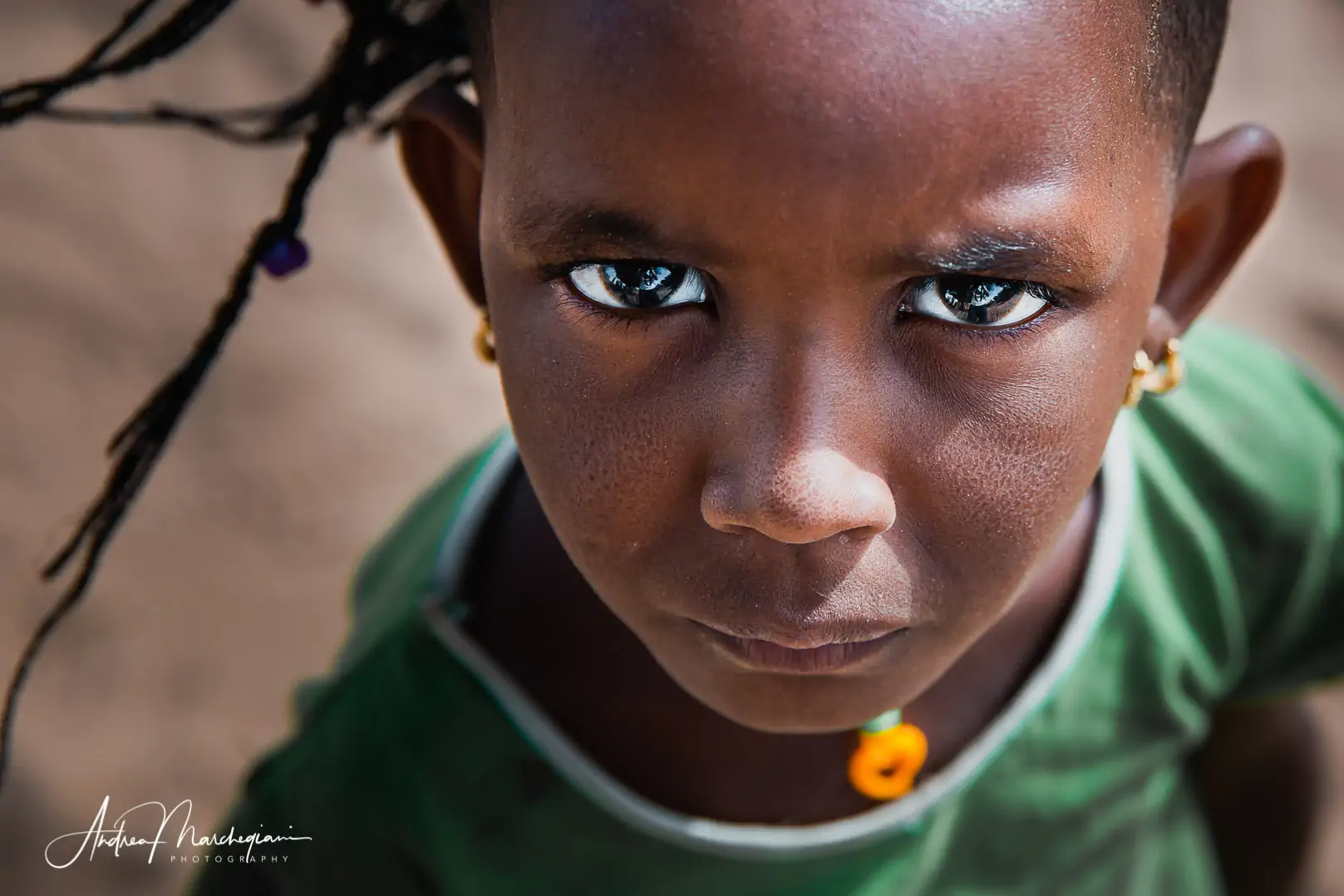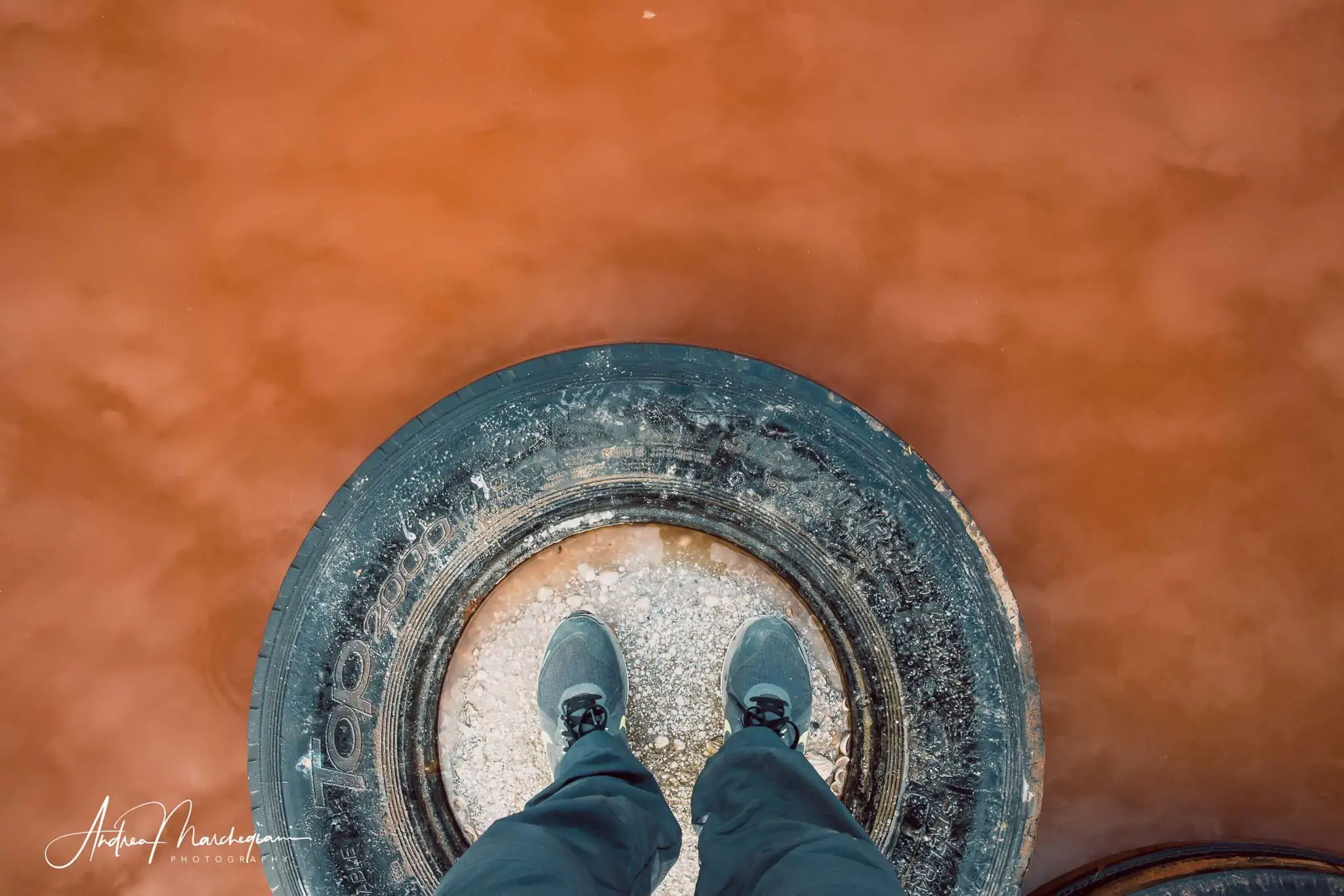
- Home
- Photo Galleries
- Portrait Photography
- Landscape Photography
- Street Photography
- China
- Ethiopia
- India
- Holy Ganges
- Varanasi
- Varanasi Ganga Aarti
- Varanasi, Manikarnika Ghat
- Varanasi Streets & Alleys
- Varanasi Demolition
- Varanasi Fruit Market
- Sarnath
- Brick Kilns
- Tamil Nadu, Chennai & Mamallapuram
- Tamil Nadu, Fort Tirumayam & Madurai
- Tamil Nadu, Tiruvannamalai & Thanjavur
- Kerala, Munnar
- Kerala, Peryiar
- Kerala, Backwaters
- Kerala, Kochi
- Kazakhstan
- Myanmar
- Senegal
- Uzbekistan
- Travel Blog
- China
- Ethiopia
- India
- Tamil Nadu & Kerala
- Varanasi
- Whato to do in Varanasi
- Varanasi Life along the Ghats
- Varanasi Death along the Ghats
- Varanasi Ganga Aarti Ceremony
- Varanasi demolished to honor Shiva
- Varanasi Fruit Market
- “Varanasi, A Journey into the Infinite”
- Sarnath
- All about River Ganges
- Holy Shit. All about Indian Cow Dung
- Clean India Project
- Brick factories
- Tilaka, pundra, bindi: what is the mark on Indian foreheads?
- Kazakhstan
- Mongolia
- Ulaanbaatar, the coldest capital in the world
- What to do in Ulaanbaatar
- Chinggis Khan Museum, 6 floors of Mongolian history
- Gorkhi-Terelj National Park and Bodgkhan Natural Reserve
- Altai Mountains, Things to do in Olgii and Sagsai
- Living with the Eagle Hunters
- Sagsai Eagle Festival
- Navrus Festival
- Xöömej, Mongolian throat singing
- Mongolian Food
- Myanmar
- Senegal
- Uzbekistan
- Latest Posts
- Photography Blog
- About
- Prints
Share with your friends:
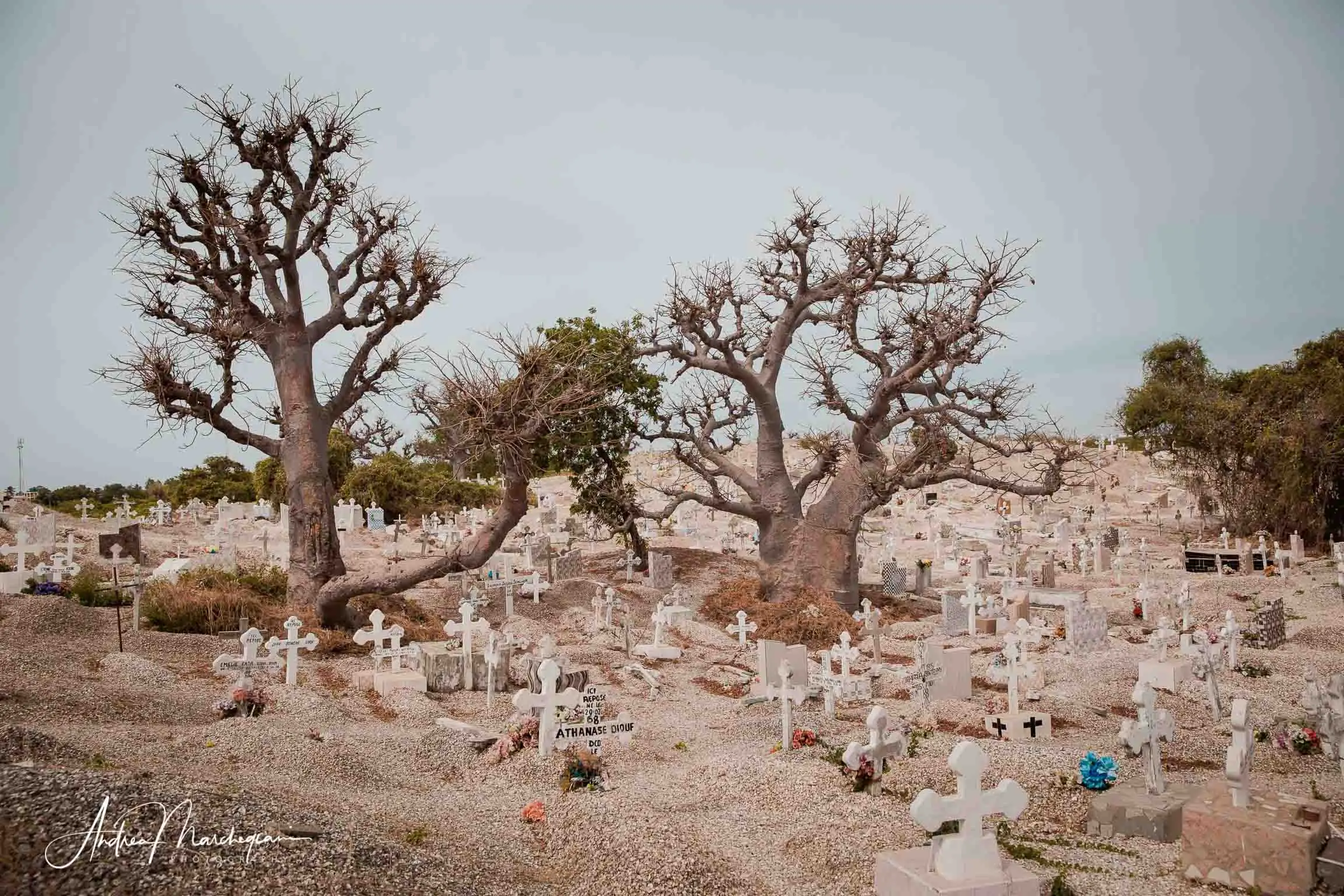
What makes Joal Fadiouth so special
To be precise, Joal Fadiouth are two places in one.
Joal is a narrow peninsula at the end of Petit Cote, Senegal. It is home to a small fishing village, with its colorful pirogues and the rhythms of sea life.
Fadiouth is a small island, connected to Joal by a wooden bridge about 800 meters long. It is entirely formed by empty shells, accumulated here over the centuries by shellfish fishermen.
There are many things that make Joal Fadiouth unique and magical. First of all, the extraordinary balance with nature that Joal has been able to create and maintain unchanged to this day. The seafood, of which the area is rich, are fished by hand by the women of the village. They feed on it and trade it. Empty shells are not thrown away, but accumulated. Millions of shells have been used, over the centuries, to build the houses of the village and to build roads and paths.
Not only that. Crossing the bridge, you enter Fadiouth and this is where the magic explodes. Fadiouth is a few hundred meter long island, exclusively inhabited by the souls of the dead fishermen, a seashell cemetery where those who in life have gathered these same seashells for food can now rest in. There is deep wisdom in the ecology of this process, which shows a respect for the order of things that we Westerners seem to have lost.
But there’s more. Fadiouth is the only cemetery in Senegal where religious divisions don’t count. Here Christians, Muslims and animists are buried.
Joal is an almost entirely Catholic village, with a 10% Muslim minority. The harmony between people of different faiths is such that there is only one cemetery, in which each burial is allowed to freely express its creed. Christian crosses are alternated with animist fetishes and Muslim stars and moons. Walking along the paths of the island, shaded by towering baobabs, each family honors the memory of their dead.
The fishermen of Joal Fadiouth seem to tell us that no religious belief can separate the destinies of those who have fished in the same sea.
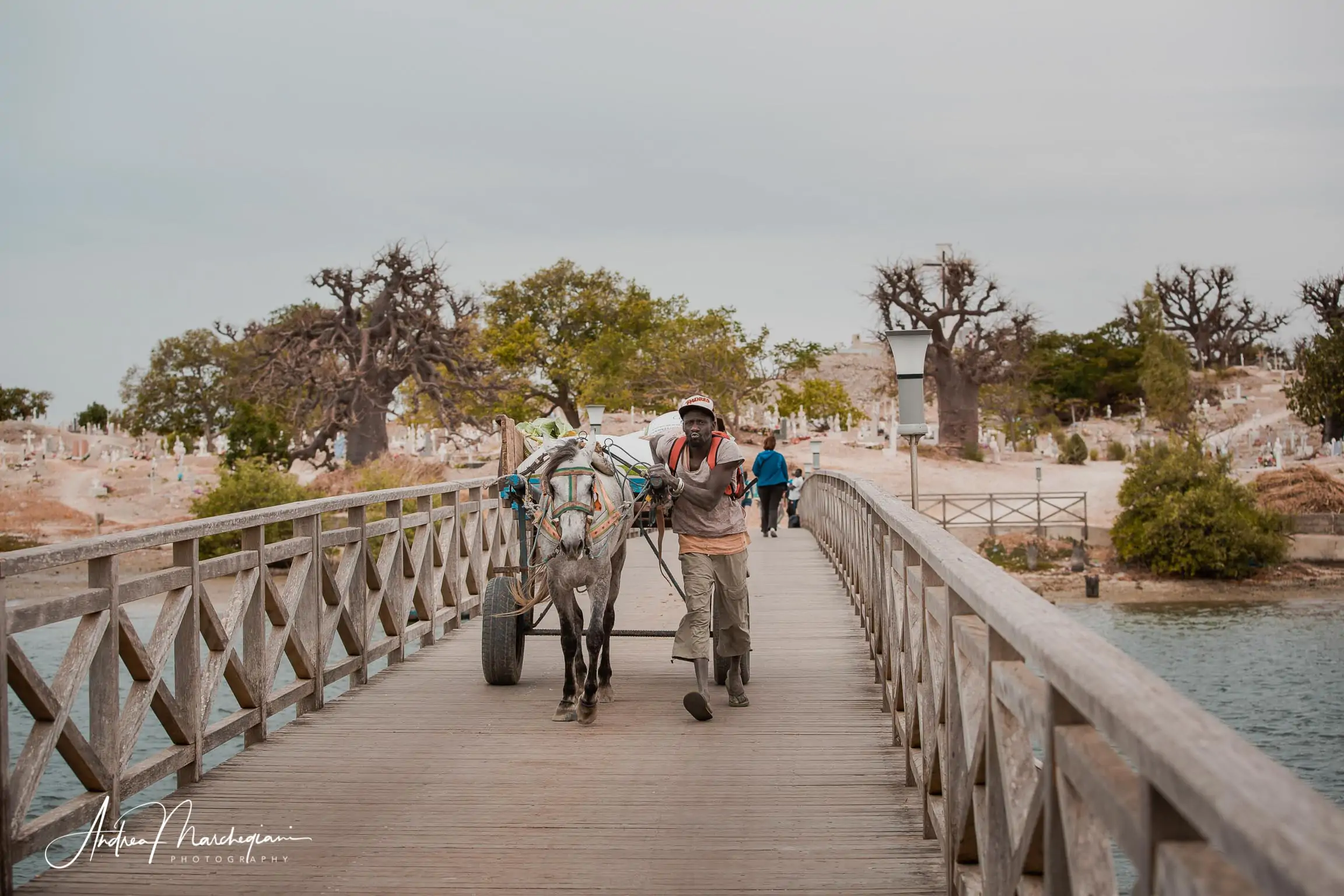
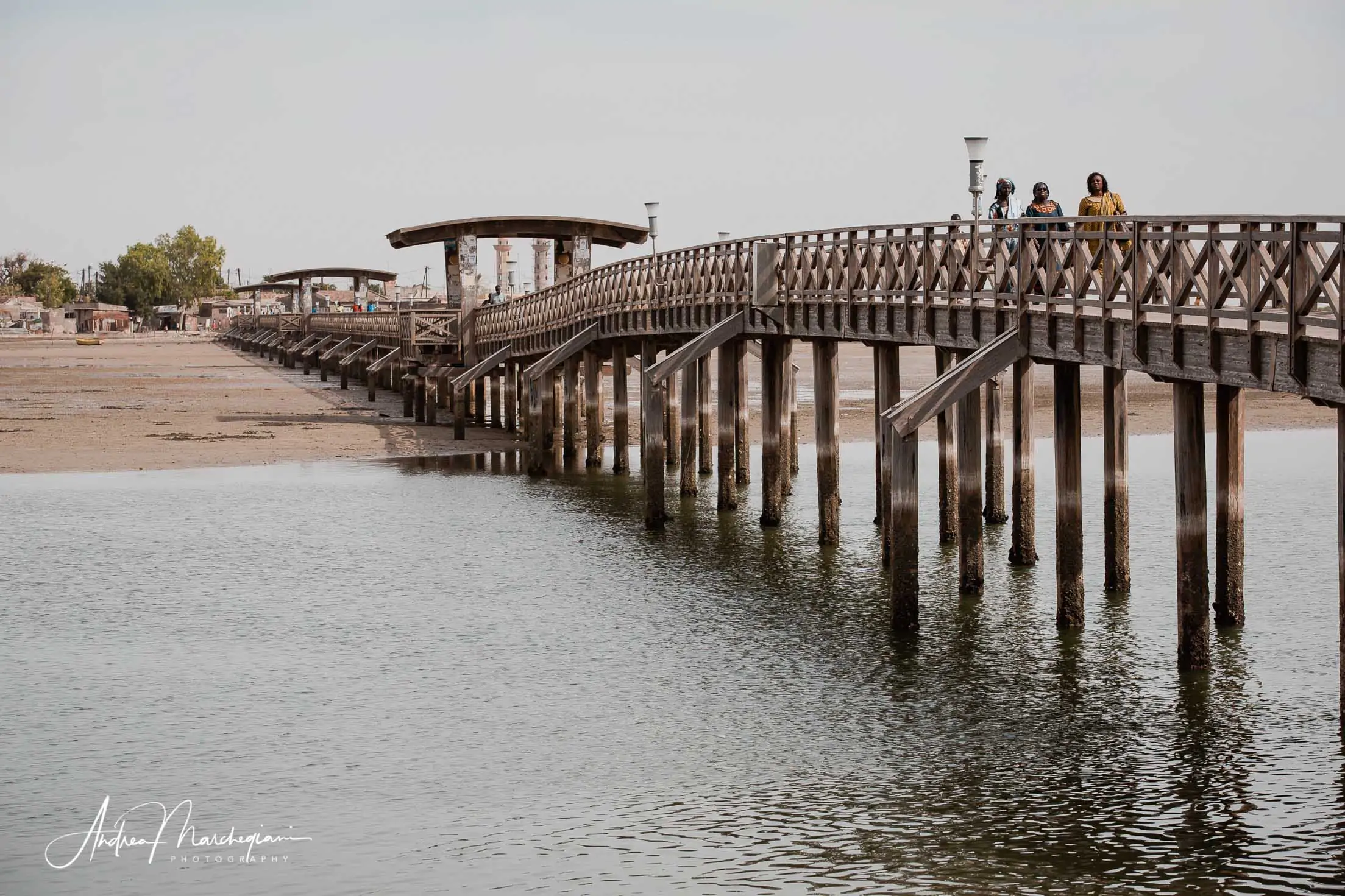
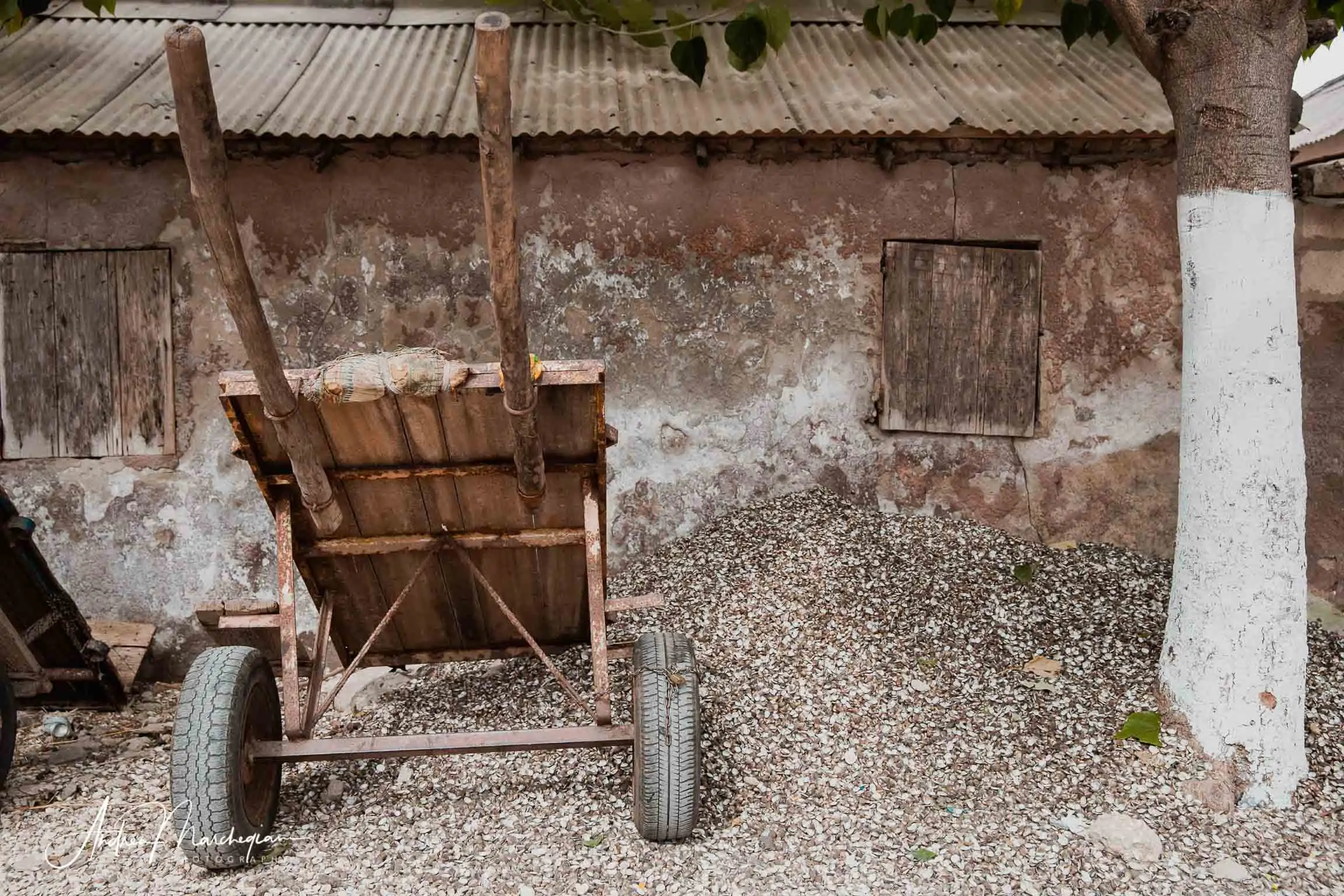
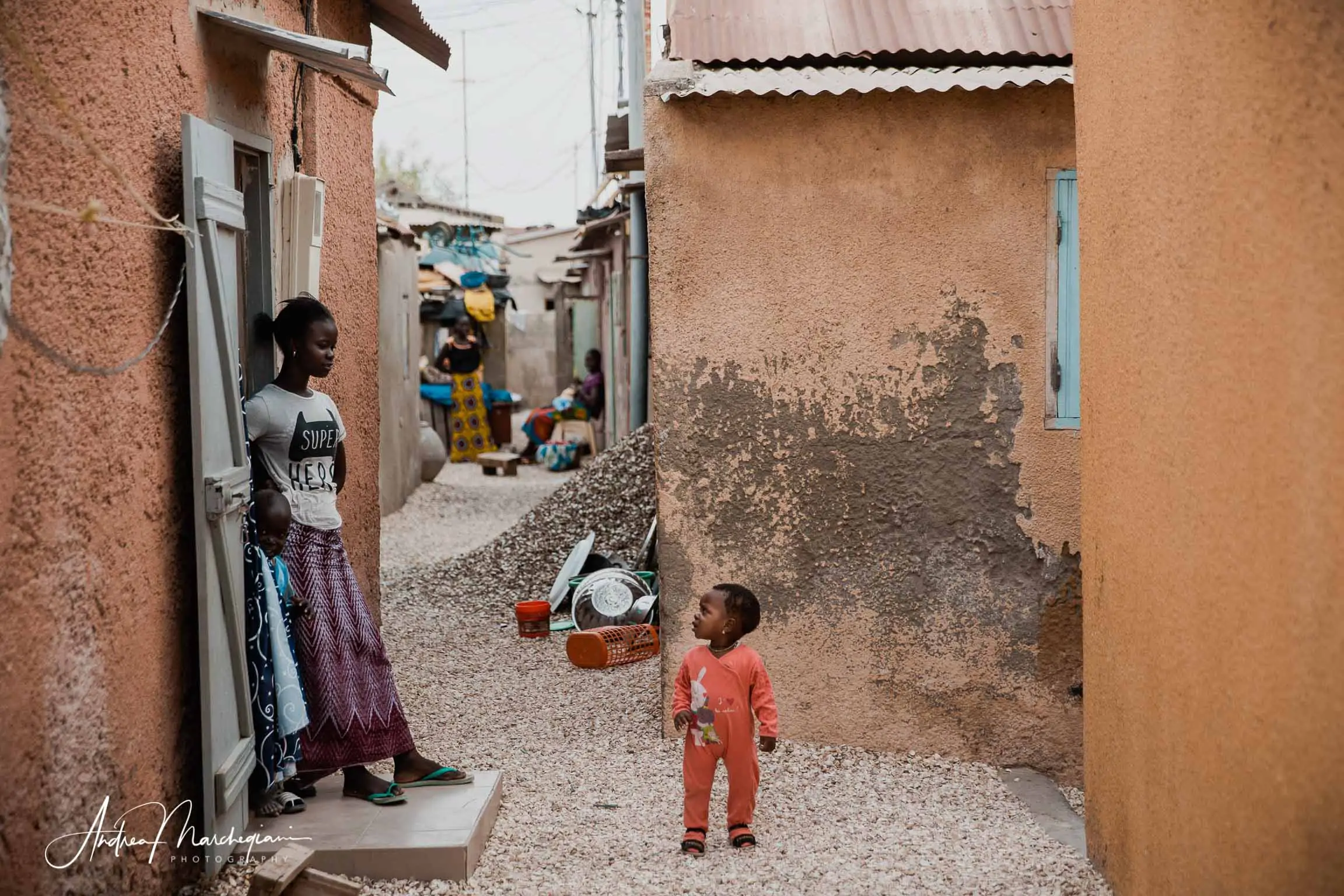
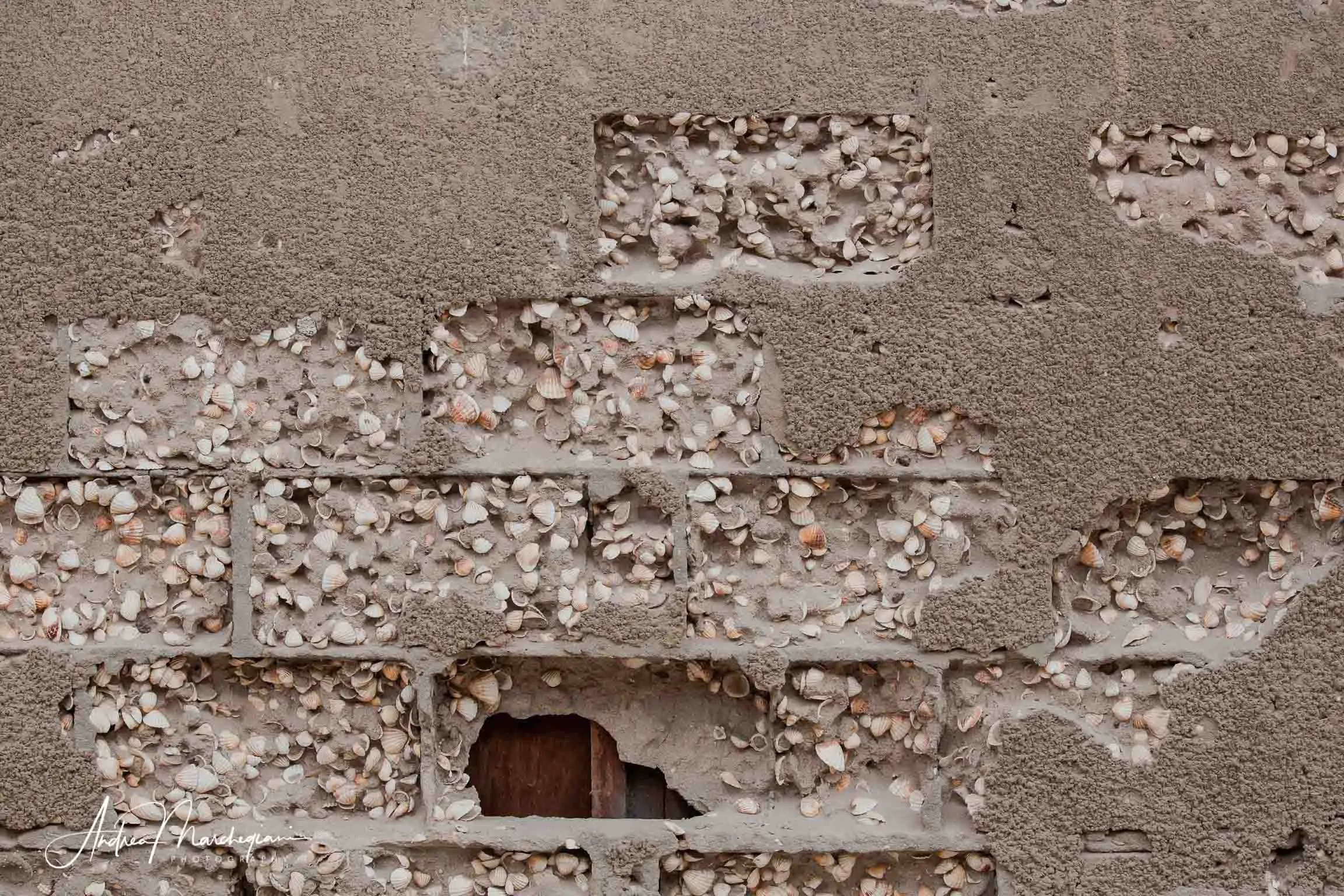
A guided tour is mandatory (but it is worth it)
I get to Joal Fadiouth in the morning. At the entrance you are urged to book a guided tour.
The council of elders regulates all matters in the village and has deliberated on this aspect too. This way, the local youth find work in tourism and I must say they can effectively illustrate the village lifestyle.
“Love is the basis of all things. Here we all live in harmony, Catholics and Muslims,” our guide explains in English. He is a big man, with a big smile. “Love in Africa has a particular taste”, he chuckles. “If there are single women among you who want to have a taste, I am at your disposal”. Continuing to alternate philosophical maxims with sexual allusions, the guide entertains us as we stroll along the streets of Joal. The shells creak under our feet.
Cars are not allowed on the island, so the only noise we hear is our footsteps making musical noises. The houses are decadent and unsteady. The walls, peeled by salt and time, reveal the mixture of lime and shells which they are composed of. Along the narrow streets there are street stalls selling local goods and dried shellfish.
“This is our camembert,” says one lady. “Taste it. It tastes just like French cheese. We consume a lot of it. It is a delicacy!”
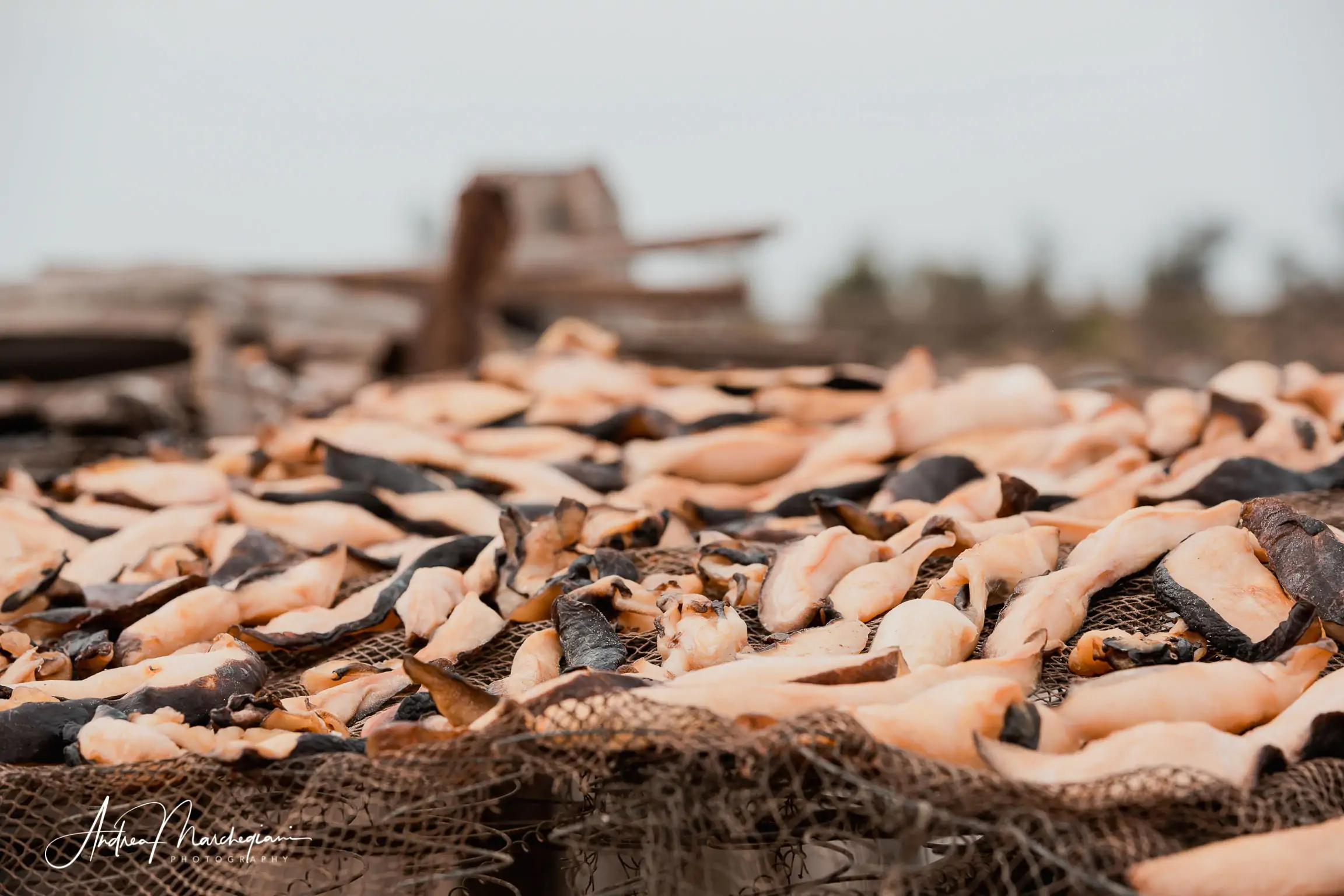
As we cross the bridge to Fadiouth, we see the remains of another bridge, much older. “That’s the old bridge. It was in such bad conditions the administration had to build a new one. But the population was really attached to the first bridge, so we decided not to remove the pillars. It remains a precious memory for us”.
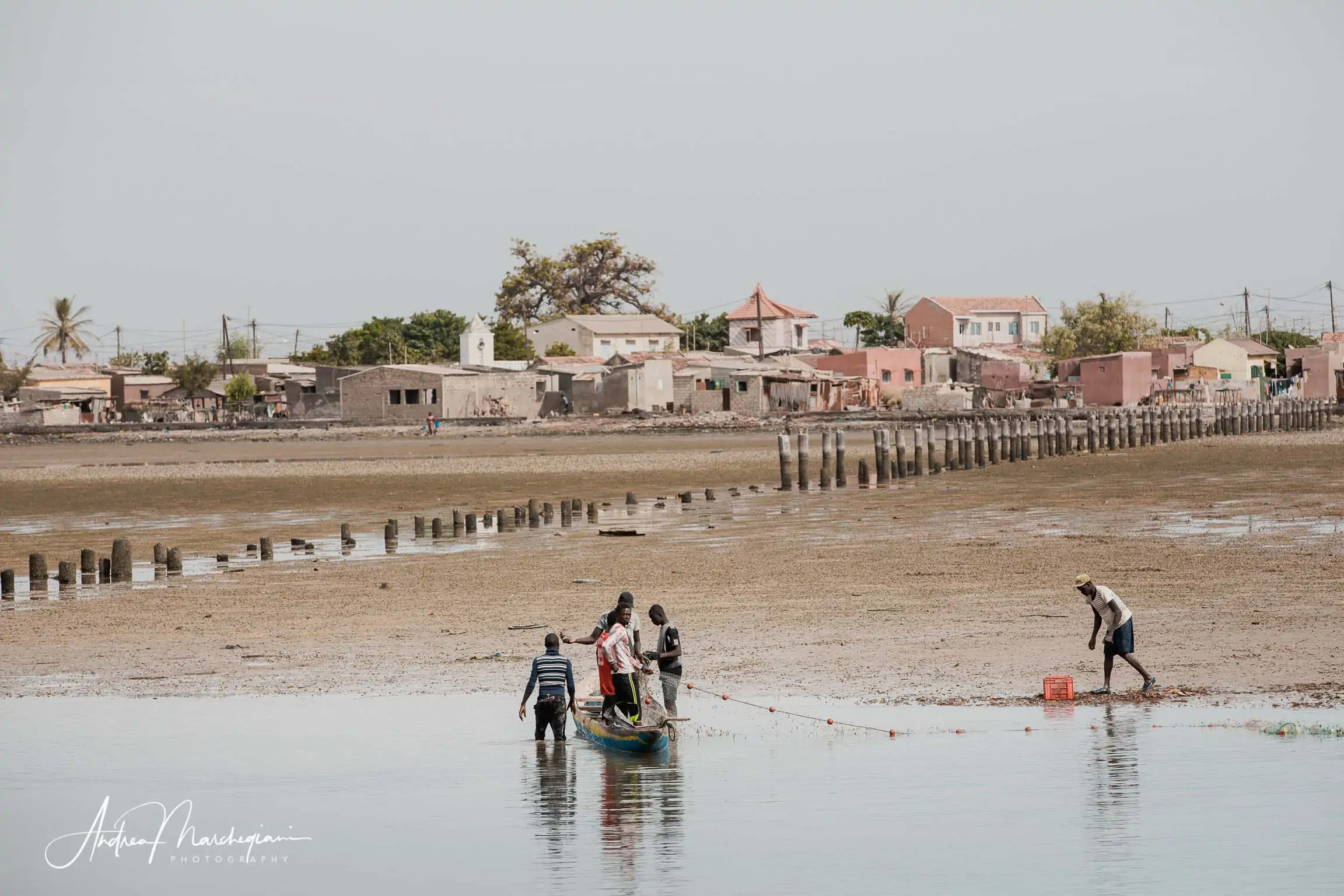
Visit the cemetery of Fadiouth
The cemetery leaves me breathless: it is a surreal expanse of shells strewn with tombstones and baobab. It seems to be on another dimension. “These are the graves of animists. They are adorned with fish-shaped figurines, because fishermen are buried there”. At the center of the island, stands a large white cross, which casts its shadow to the ground. Some women, dressed in bright colors, visit their deceased loved ones. It’s all so melancholy and full of dignity.
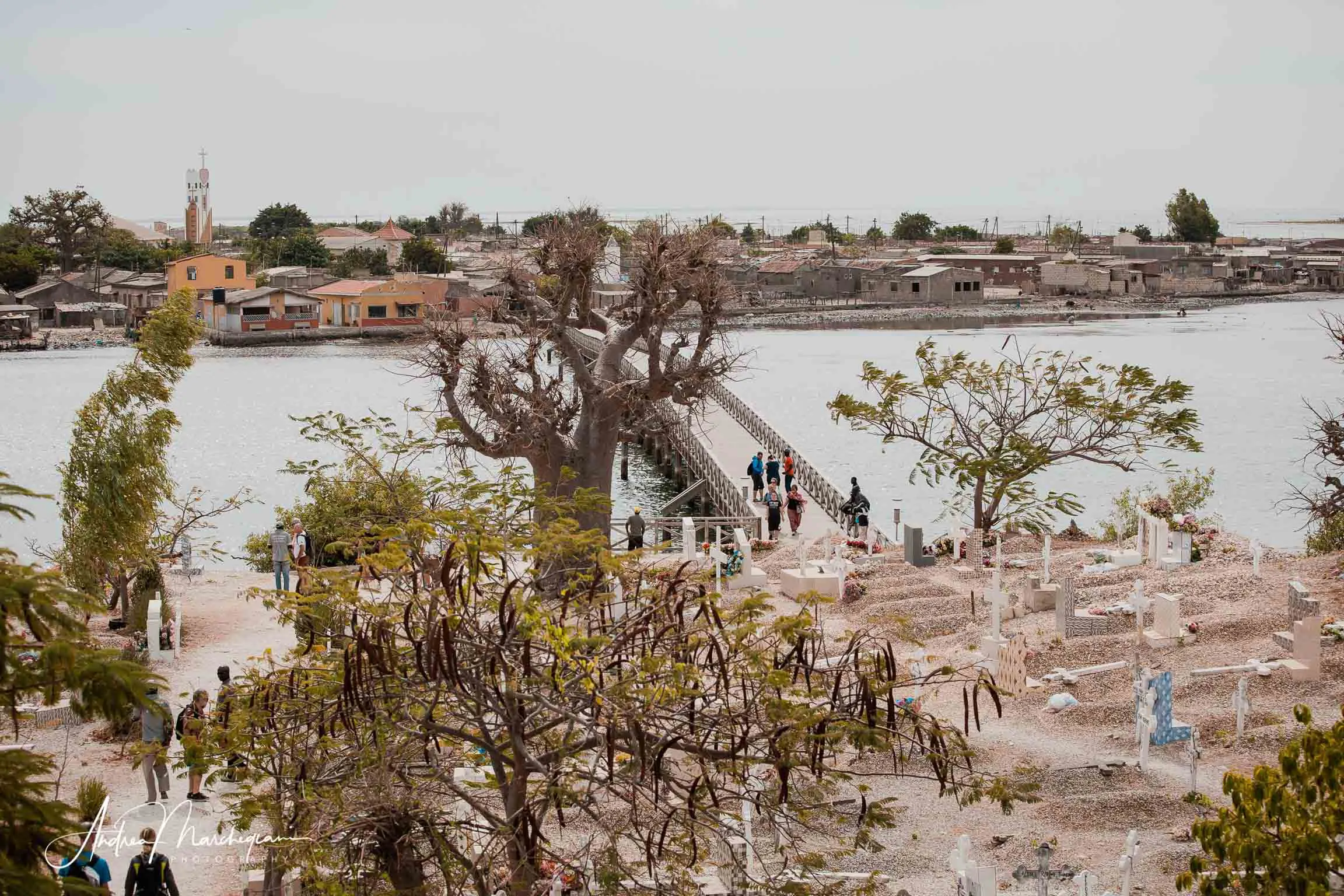
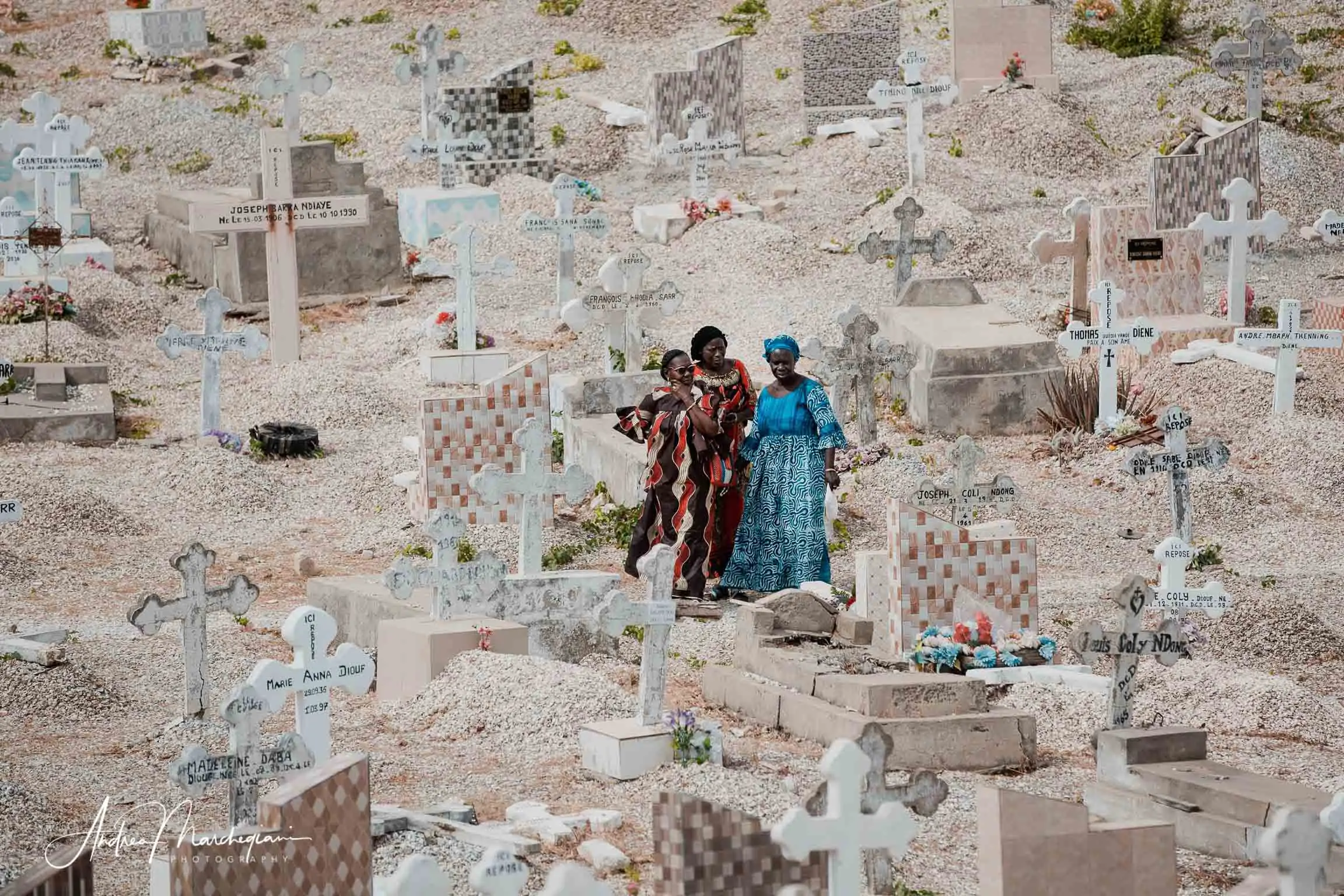
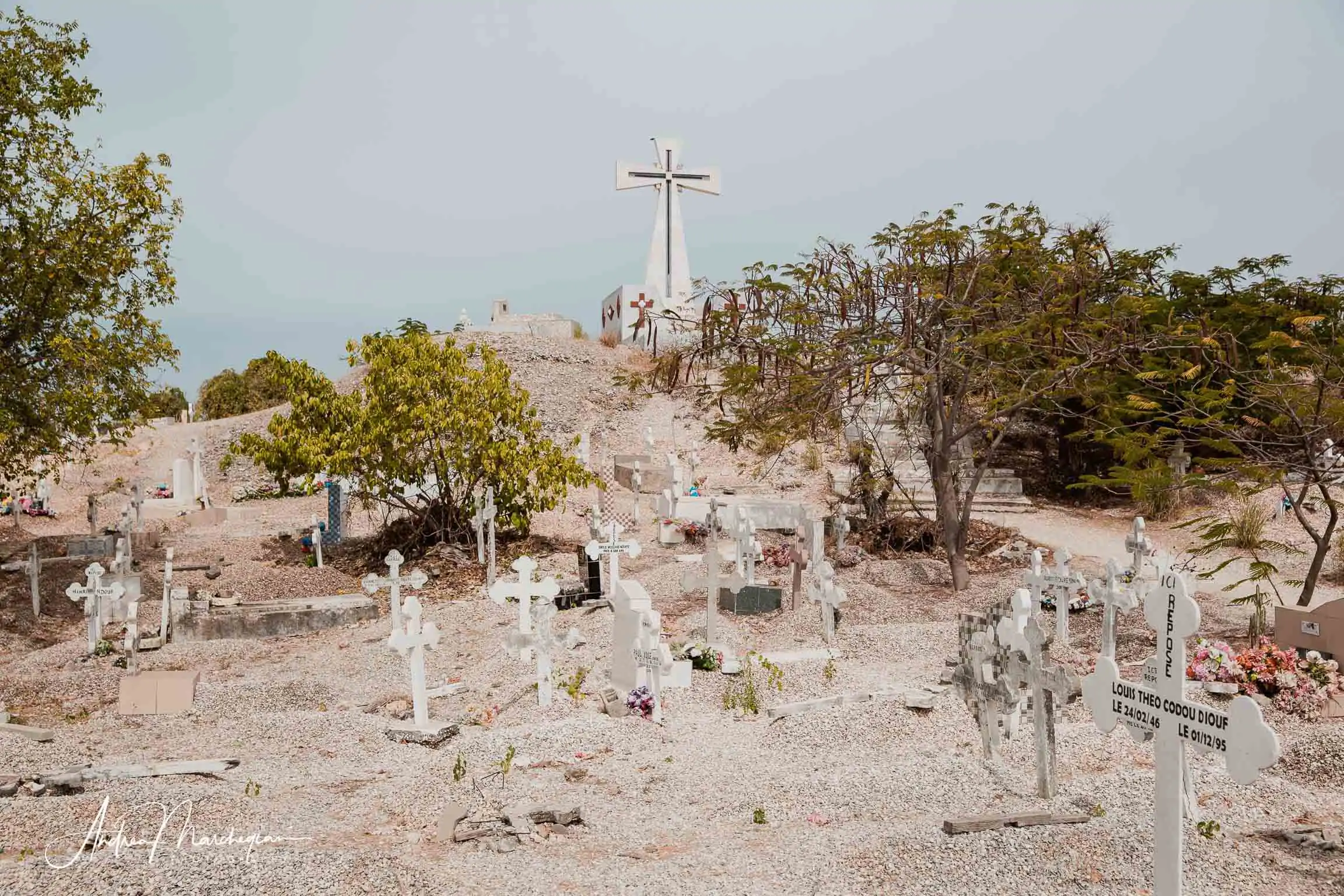
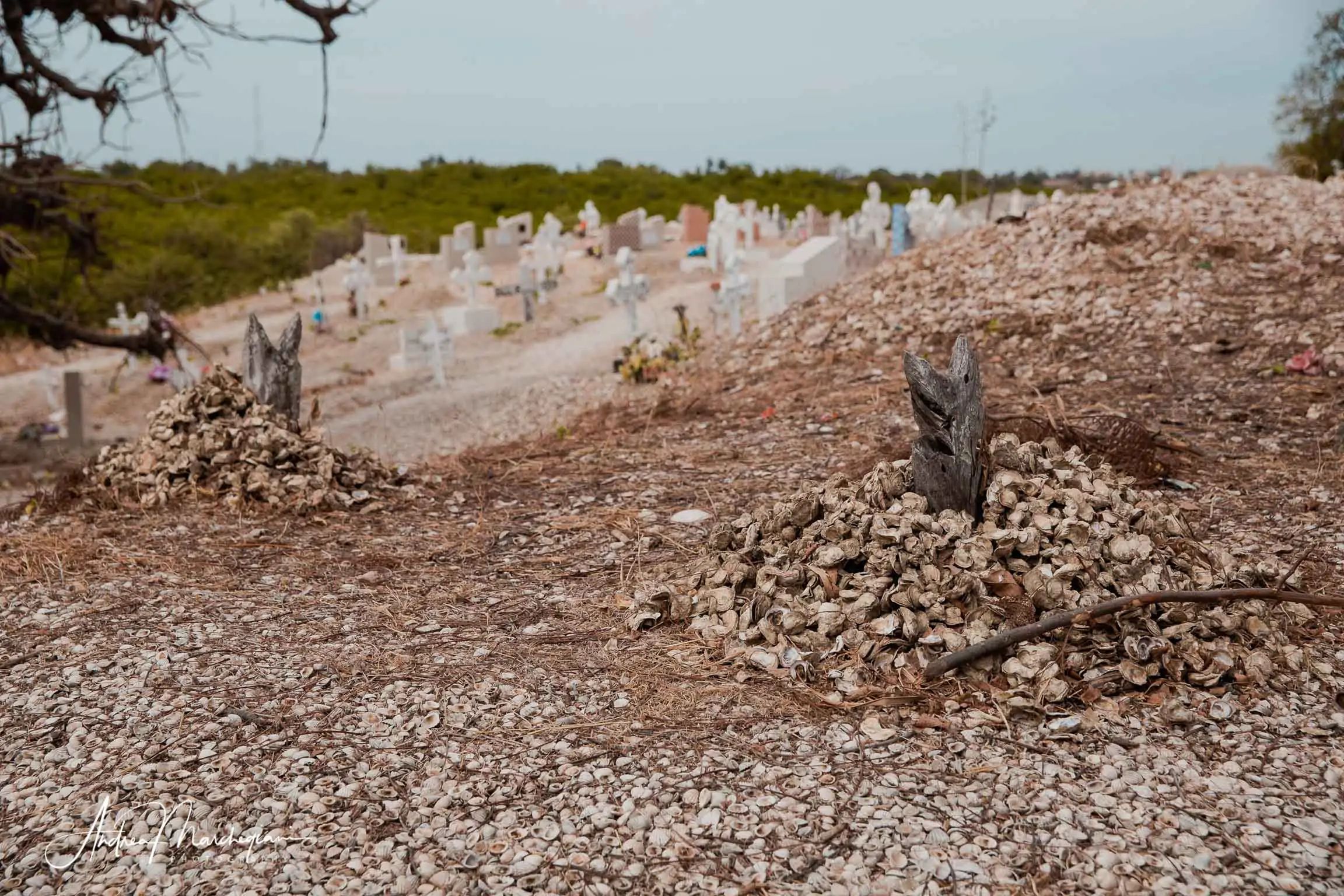
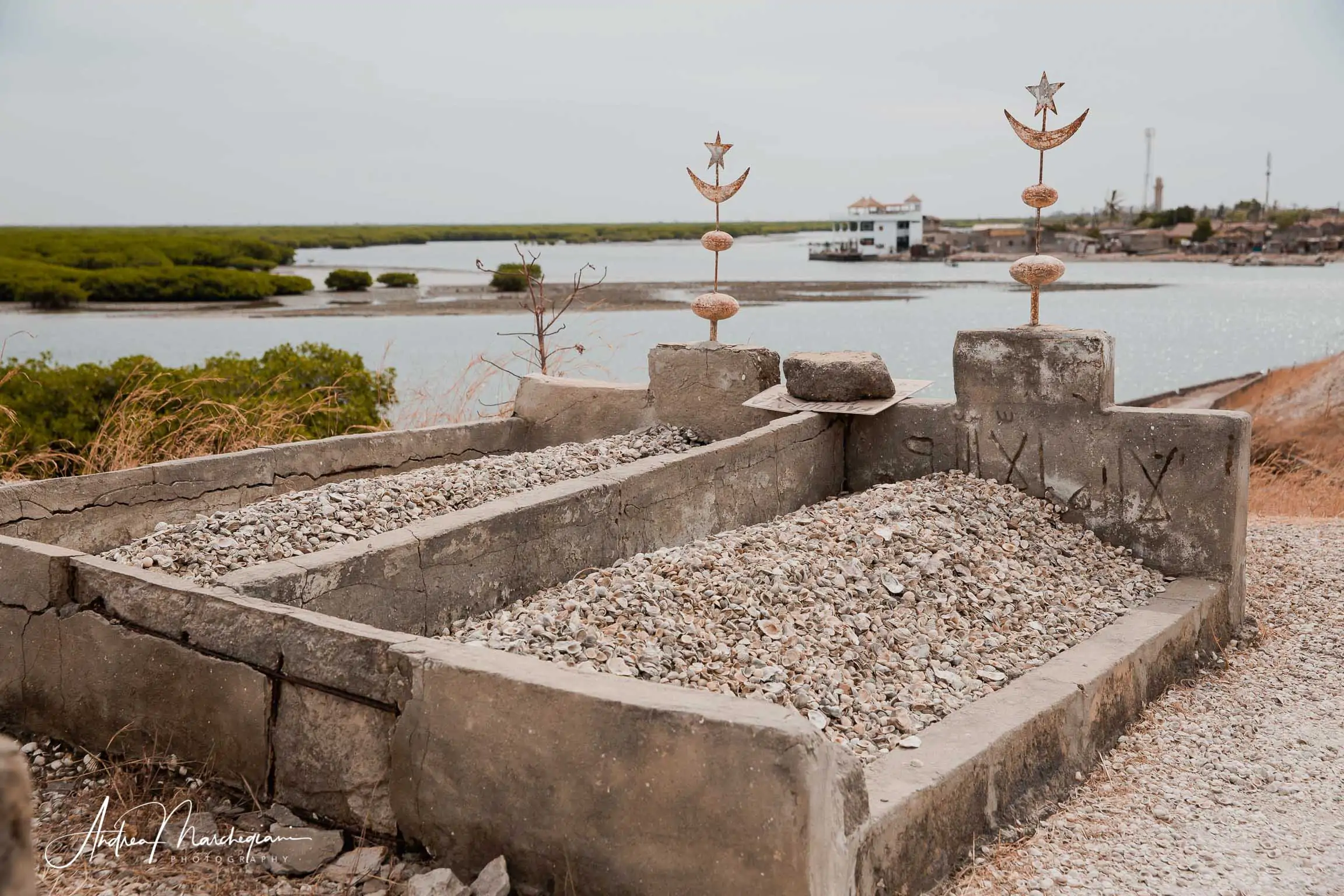
When I return to the bridge to reach the mainland again, the scenery has completely changed.
In the afternoon there is low tide, so the tongue of water that separates Joal from Fadiouth has become an expanse of marshy sand walkable even on foot. Women take advantage of this time of day to collect shellfish, mostly oysters and combs. Pigs also roam free to rumble through the sand for protein.
Women fishing seafood
I decide to join the women fishing shellfish and exchange a few words with them. I can not get too close, because the sand is thin and sinks easily. One of them, however, comes to meet me intrigued. Other women beckon her to leave me alone, to ignore me.
“Why don’t they want you to talk to me?” I ask.
“They don’t like tourists. They are working. They don’t wear their best clothes and they don’t want to be photographed like that”.
“What a shame,” I reply. “Please, explain that I find your work very interesting. If I’m taking photographs, it’s only because I think what you do deserves to be shown. Can I see how you collect shells?”
The woman smiles at me and shows me how to rake the sand with a curved knife. She collects and passes the sand through a sieve to remove the grain from the shells.She has muscular arms, worthy of a bodybuilder. It’s the result of her hard life, made of physical fatigue. It’s the result of a strong connection to nature, a heritage she shares with the generation of women who preceded her.
I leave Joal Fadiouth with the regret I did not stay longer. If you happen to visit the village, take your time. Get lost in the alleys and listen to the creaking of shells at every step. Observe the shellfish fishers and breathe in the fresh and brackish air. Sit in the shadow of a baobab, perhaps reading a book, among the tombs of fishermen of different religions.
